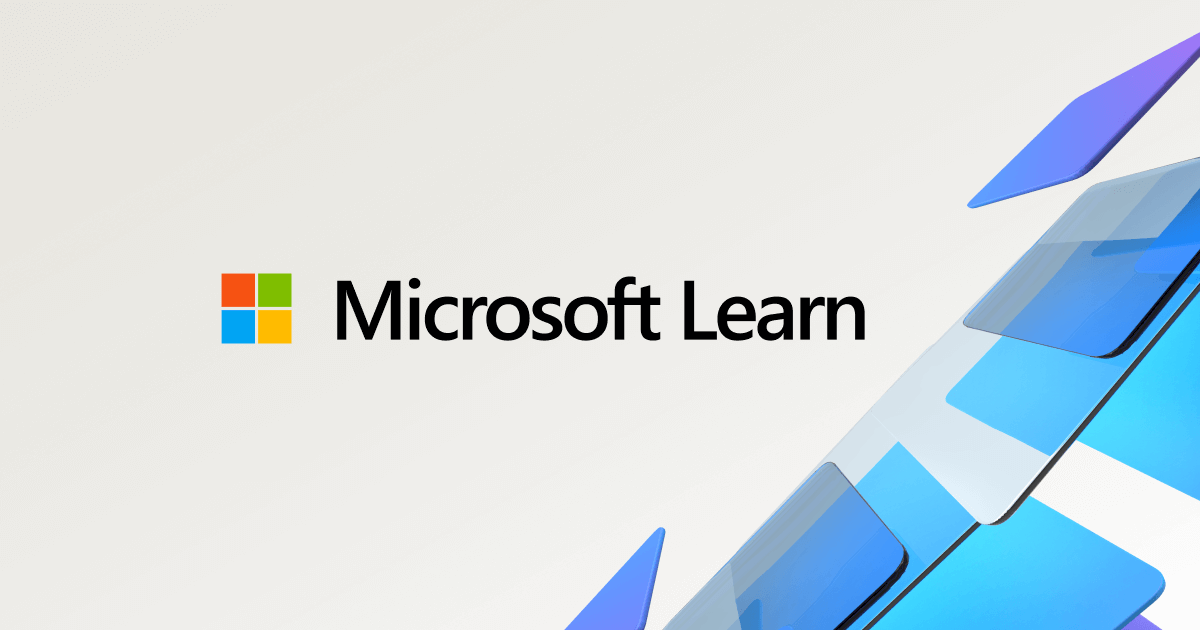- Joined
- Dec 25, 2020
- Messages
- 9,003 (5.40/day)
- Location
- São Paulo, Brazil
| Processor | 13th Gen Intel Core i9-13900KS |
|---|---|
| Motherboard | ASUS ROG Maximus Z790 Apex Encore |
| Cooling | Pichau Lunara ARGB 360 + Honeywell PTM7950 |
| Memory | 32 GB G.Skill Trident Z5 RGB @ 7600 MT/s |
| Video Card(s) | Palit GameRock OC GeForce RTX 5090 32 GB |
| Storage | 500 GB WD Black SN750 + 4x 300 GB WD VelociRaptor WD3000HLFS HDDs |
| Display(s) | 55-inch LG G3 OLED |
| Case | Cooler Master MasterFrame 700 benchtable |
| Audio Device(s) | EVGA NU Audio + Sony MDR-V7 headphones |
| Power Supply | EVGA 1300 G2 1.3kW 80+ Gold |
| Mouse | Microsoft Classic IntelliMouse |
| Keyboard | IBM Model M type 1391405 |
| Software | Windows 10 Enterprise 22H2 |
| Benchmark Scores | I pulled a Qiqi~ |
Exact same issue my friend, hwinfo reports high frequency limit clocks, but effective clocks are below advertised 3.7ghz LOL. Idk wtf is going on.
Perhaps just with a different degree of severity, I suppose. I kid you not that it's easily amongst the slowest computers I've ever used when I run 11 on it, but under Windows 10 it's so incredibly fast and snappy that it looks like I'm insulting it by using a pedestrian gen 3 NVMe drive on it. Gen 4 one is coming soon.




 I was running it on my previous build. I removed the audio card when I tested another SSD, the issue remained. It works fine under Windows 11, by the way. I'm currently waiting for news on when 23H2 to go gold (RTM build) so I can try upgrading to that. None of that has yielded any results. I could DM unclewebb requesting a copy of ThrottleStop 9.5.1, but I'm unsure as to why would that be useful in my case. HWiNFO64 already reports that effective clock (C0%) is very low, and that's about what ThrottleStop could tell me.
I was running it on my previous build. I removed the audio card when I tested another SSD, the issue remained. It works fine under Windows 11, by the way. I'm currently waiting for news on when 23H2 to go gold (RTM build) so I can try upgrading to that. None of that has yielded any results. I could DM unclewebb requesting a copy of ThrottleStop 9.5.1, but I'm unsure as to why would that be useful in my case. HWiNFO64 already reports that effective clock (C0%) is very low, and that's about what ThrottleStop could tell me. )
)